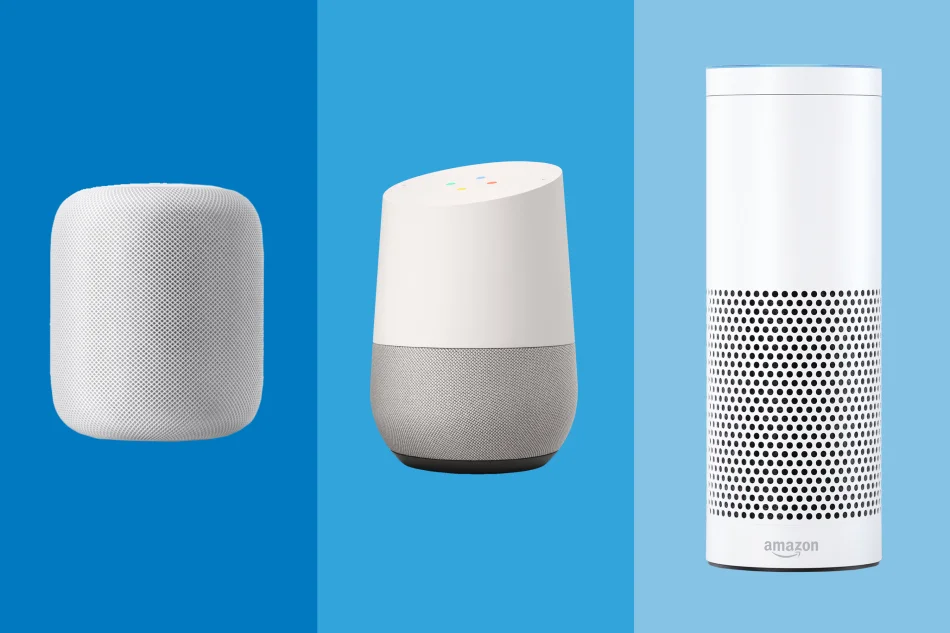Amazon Echo series device shipments expected to surpass 10 million in 2017
Amazon has recently cut the price for its Echo Dot from US$99 originally to US$49 and the reduction is expected to greatly boost the company's smart voice assistance device shipments to surpass 10 million units in 2017. This will not only boost the worldwide smart voice assistance device market's overall demand, many first-tier IT players are also ready to have a share of the market, according to sources from the upstream supply chain.
Google has already announced to release its Google Home smart voice assistance device and several other IT players including Facebook, China-based Alibaba and Baidu, are also expected to launch their in-house developed smart voice recognition products. Apple is also reportedly considering entering the market with products using Siri.
The sources pointed out that the market's feedbacks on Amazon's voice assistance device are mostly positive and the new Echo Dot has already achieved the company's annual shipment goal planned originally for 2017 in only a couple of months. The popularity of such devices and the first-tier IT vendors' eagerness to enter the enter the market are expected to significantly shore up fast the worldwide smart voice assistance product shipments, which stand a chance of achieving over 100 million units a year in the upcoming few years.
Amazon's original concept for the product line was to have each family own one Echo, but now Amazon is looking to have each family purchasing an Echo and an Amazon Tap for its living room, while every room in the house can be equipped with one Echo Dot. Because of the change of the idea, Amazon has decided to almost halve the pricing for its Echo Dot in order to create even bigger demand from the end device market
Some Amazon's upstream suppliers revealed that their production lines for the smart voice assistance device have been fully running to meet the shipment schedules since the fourth quarter of 2016. Compared to Amazon Echo's estimated shipments of around three million units in 2016, the suppliers expect related volumes to grow dramatically in 2017 especially since the price-cutting strategy has successfully brought in new demand for the device. Some suppliers even noted that Amazon has already increased its orders to over 10 million units for 2017, more than triple the 2016 volume.
Seeing rising demand, other IT vendors have also begun making their moves recently. Google has announced its Google Home project for the smart voice assistance market and the sources believe Google Home-based products will have a good chance to see strong sales if their pricing is able to hit the sweet spot since Google's operating system already has a complete ecosystem for smart voice assistance applications as well as partners for development.
In the best-case scenario, Google Home-based smart voice assistance product shipments are expected to reach several million units in 2017.
Meanwhile, many first-tier Internet service providers including Facebook, Alibaba and Baidu, have also been aggressively pushing development for smart voice assistance devices and are on the verge of overcoming the last hurdle presented by issues concerning the integration with cloud resources. Apple is also reportedly looking to enter the market by the end of 2017. Because of the vendors' aggressive moves, demand is expected to be stimulated and in turn create business opportunities from Internet of Things (IoT) and artificial intelligence (AI).
The business opportunities are also growing large in the upstream chip industry and chip suppliers including Texas Instrument (TI) and Marvell have already prepared solutions for the devices. MediaTek has also recently released SoC solutions that have been inquired by several vendors.
Currently, three chips are required to create a smart voice assistance product: CPU/DSP, which is in charge of computing and simulation to convert analog signal to digital; Wi-Fi and Bluetooth communication chips for connection to the cloud system and other home equipment; and RF chip. These chips may not be too complicated to work with when handled individually, but integrating all of them into one SoC is expected to be the direction and a ajor challenge for chip suppliers.
Source: DigiTimes





